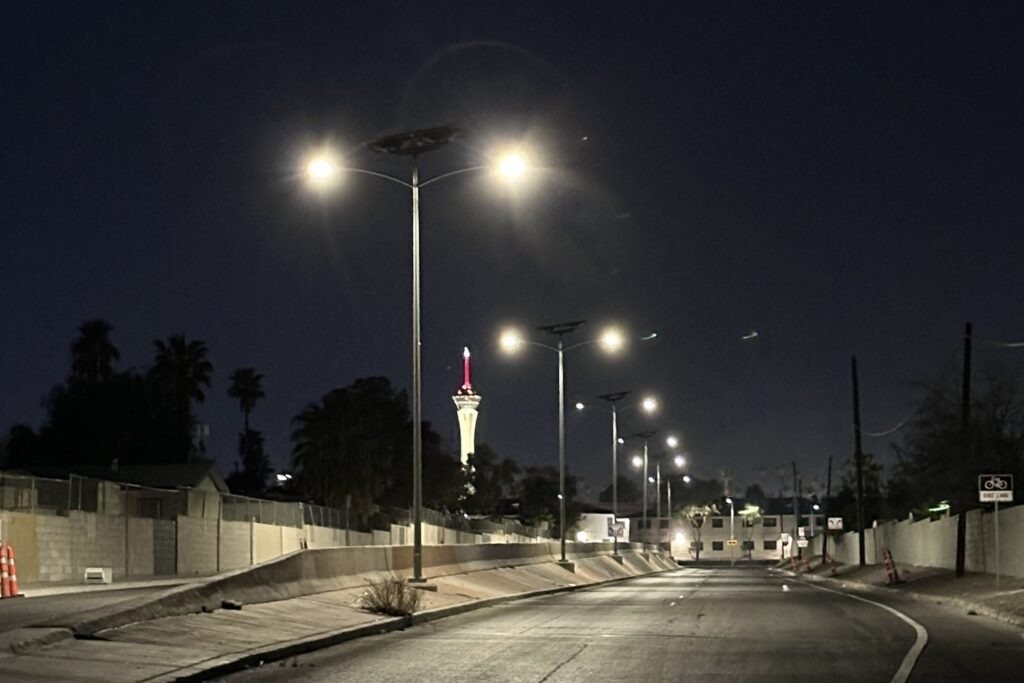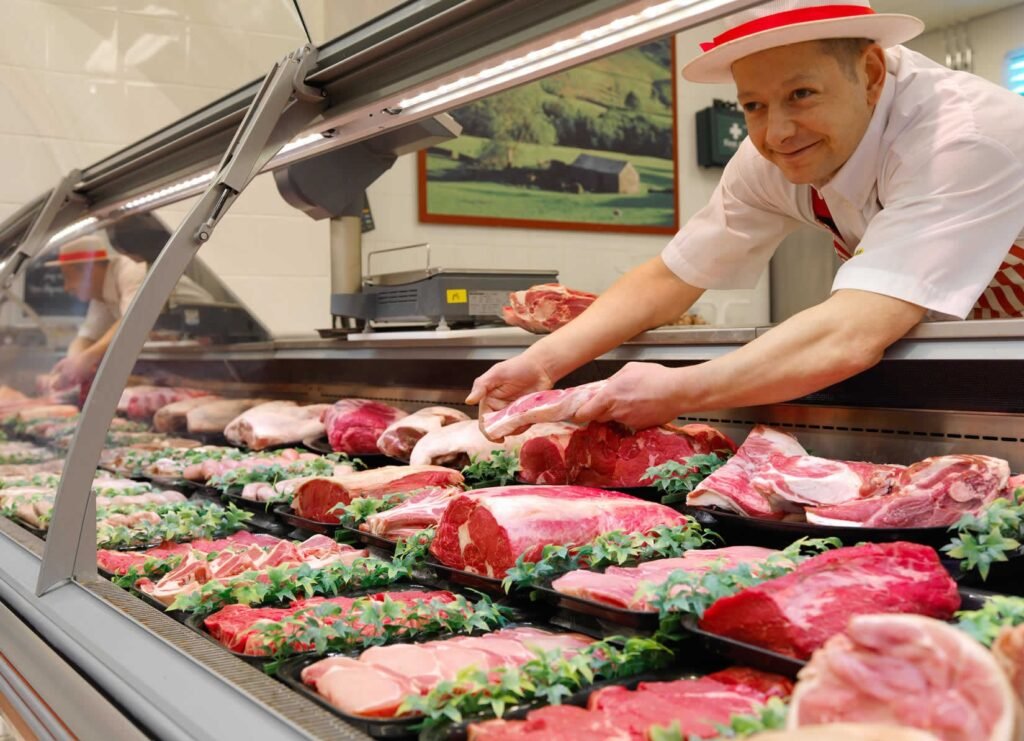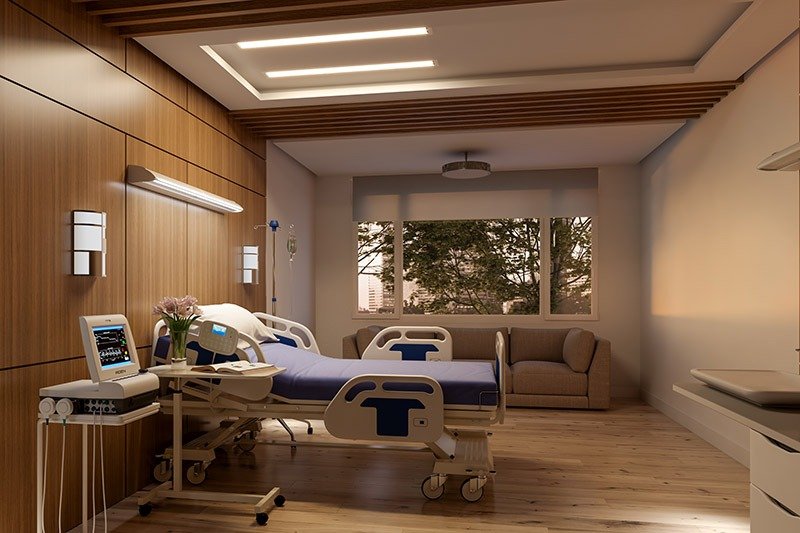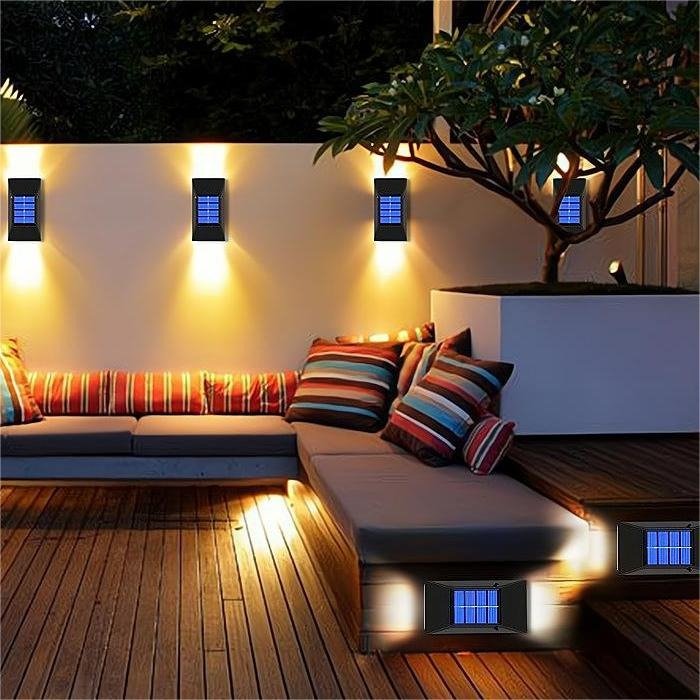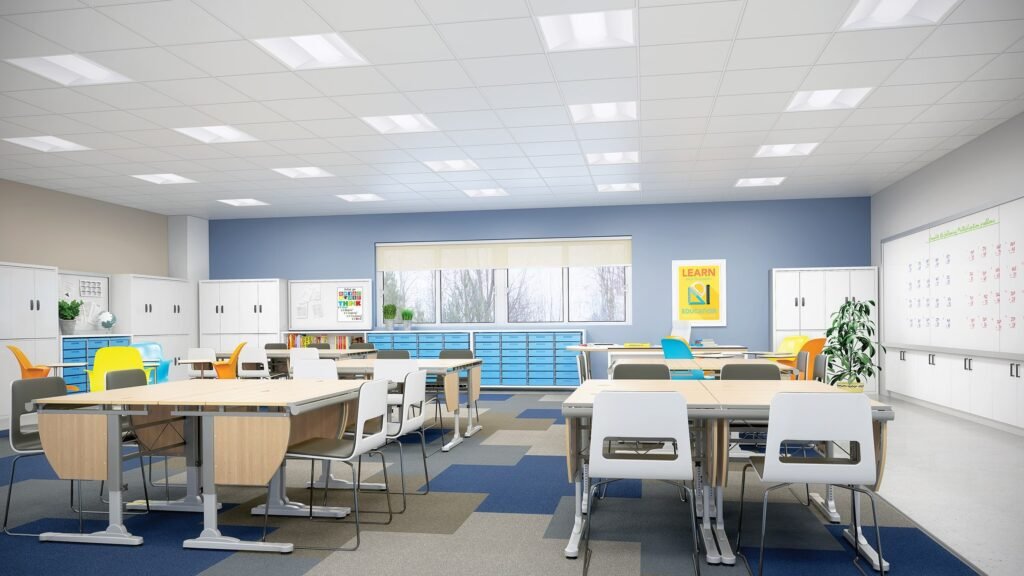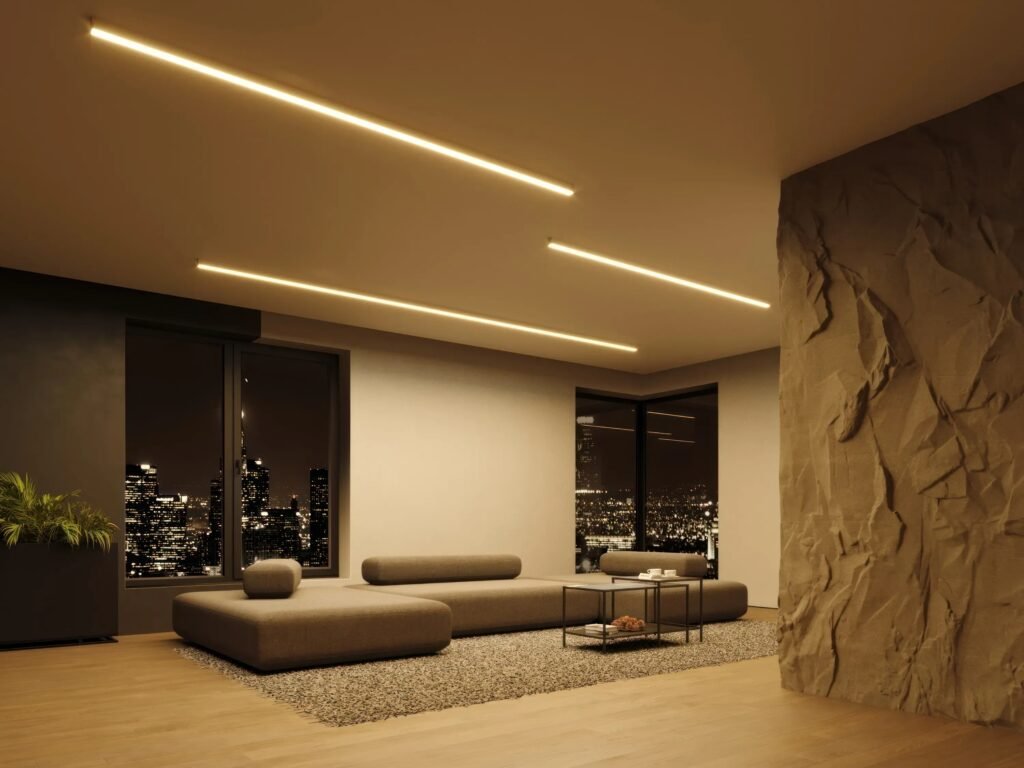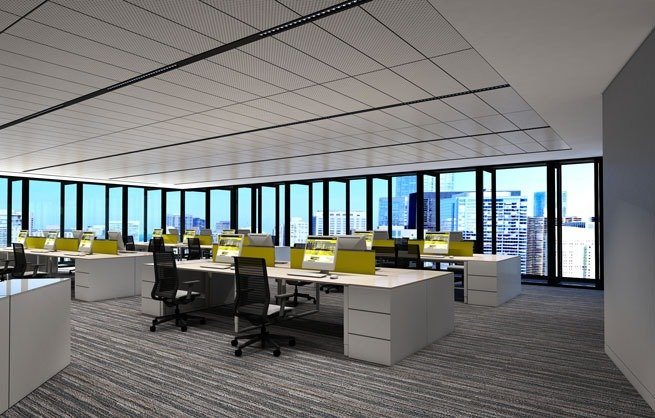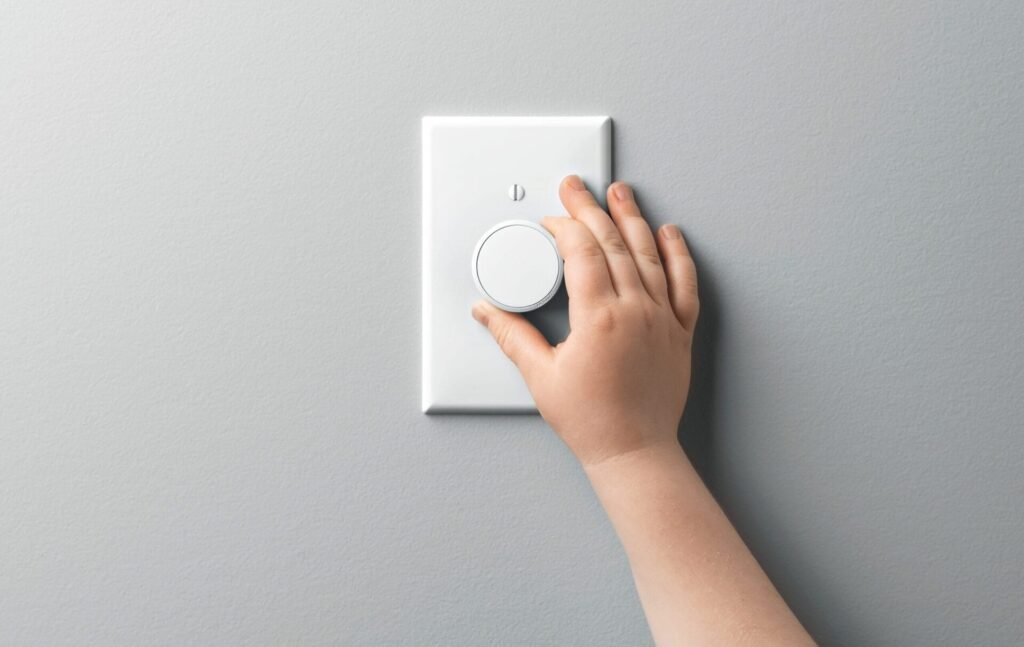LED Lighting…and a Lower Bill!

Have you ever wondered about the easiest way to reduce your electricity bill without sacrificing comfort or aesthetics? The answer is simple: LED bulbs. They are the ideal choice for those looking to reduce energy consumption and adopt a more sustainable lifestyle.
LED lighting is not just a modern solution; it plays a significant role in lowering energy consumption within the home.
LEDs vs. Traditional Bulbs

1. Less Power, Same Brightness
LED bulbs provide the same brightness as traditional bulbs while using a fraction of the power. For example:
A 60W incandescent = a 9W LED
That’s an 85% reduction in energy consumption.
When you multiply this across all the lights in your home, the total power usage drops dramatically.
2. Longer Lifespan Reduces Waste
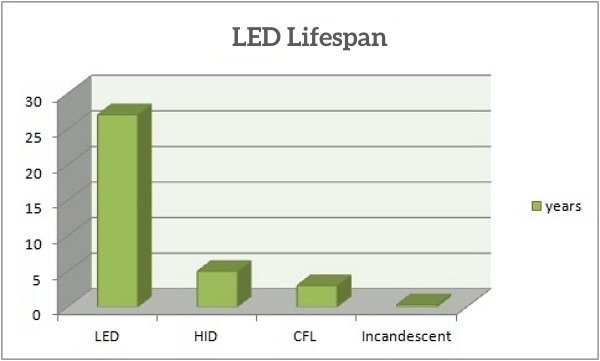
An LED bulb can last 25,000 to 50,000 hours. Compared to incandescent (1,000 hours) or CFLs (8,000 hours), this significantly lowers replacement frequency. Less manufacturing, packaging, and shipping mean lower overall energy use on a global scale.
Environmental and Economic Impact

1. Lower Carbon Footprint
Using less electricity means producing less CO₂. By switching to LEDs, households can reduce their energy consumption and contribute to a greener planet. According to the U.S. Department of Energy, widespread LED use could cut national lighting energy consumption in half by 2035.
2. Reduced Cooling Load
Incandescent bulbs waste most of their power as heat. That excess heat increases your home’s temperature and causes your AC to work harder—raising your overall power usage. LEDs emit very little heat, making them a win-win.
How to Maximize LED Benefits
1. Install Dimmer-Compatible LEDs

Using dimmers with LED bulbs allows you to adjust brightness as needed. Lower brightness = lower energy consumption, especially in settings like bedrooms and living rooms.
2. Automate with Motion Sensors

Motion-activated LEDs ensure lights are only on when needed. In areas like bathrooms, garages, or hallways, this can significantly reduce wasted energy consumption.
3. Choose ENERGY STAR® Certified LEDs
Not all LEDs are equally efficient. Look for ENERGY STAR-rated products for verified performance and lower energy consumption.
Real-World Example
In a home with 25 light fixtures:
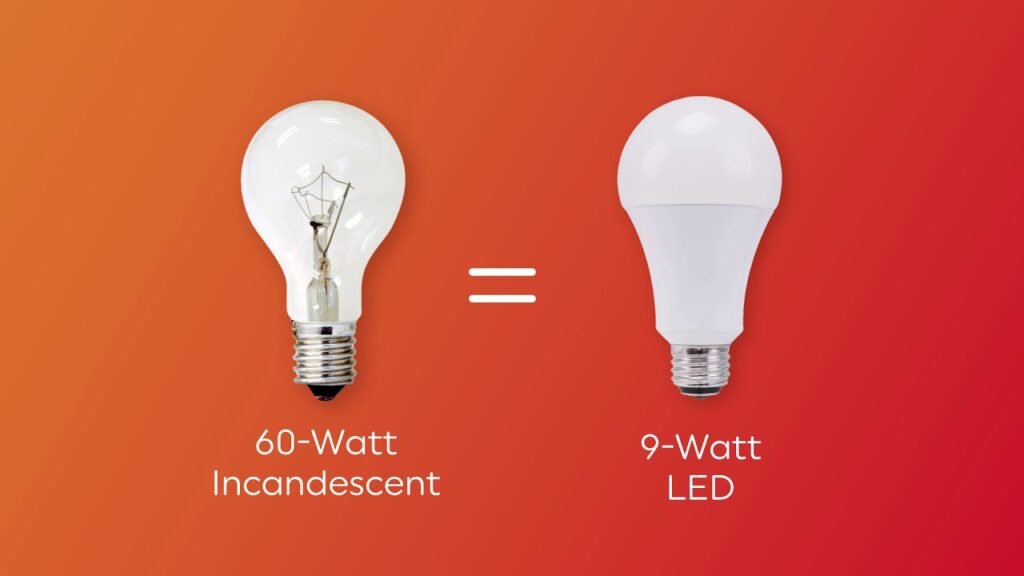
- Old setup: 25 incandescent bulbs at 60W each
- Total energy consumption: 1,500 watts/hour
- New setup: 25 LED bulbs at 9W each
- Total energy consumption: 225 watts/hour
That’s a 1,275-watt reduction every hour the lights are on. Over a year, that translates to savings of up to $300.
Smart, Stylish, and Sustainable
Modern LED lighting isn’t just about energy consumption—it’s also about lifestyle. LEDs come in various color temperatures, are compatible with smart systems, and enhance mood and design. You can save energy without sacrificing comfort or aesthetics.
Why Choose Falcon?

Falcon for Electronics and Electrical Industries offers premium LED solutions that are designed for optimal performance and minimal energy consumption. Whether you’re retrofitting your current lighting or building a smart home from scratch, Falcon’s high-quality products help you create a more efficient, beautiful, and eco-friendly space.
FAQ: LED Lighting and Energy Consumption
Q: Can LEDs really make a big difference in energy bills?
Absolutely. Lower energy consumption means lower electricity bills over time.
Q: Are all LEDs energy-efficient?
Most are, but ENERGY STAR-certified LEDs guarantee optimal energy consumption levels.
Q: Do LED bulbs require special fixtures?
Most fit standard fixtures, though some smart or dimmable bulbs may need compatible switches.
Final Thoughts
Reducing your home’s energy consumption doesn’t have to be complicated or expensive. By switching to LED lighting, you take a major step toward a greener, more cost-effective lifestyle. With innovative, reliable products from Falcon, you can shine bright—while using less.
Sources:
- https://www.energy.gov/energysaver/led-lighting
- https://www.energystar.gov/products/lighting_fans/light_bulbs
- https://www.epa.gov/greeningepa/energy-efficient-lighting
- https://www.iea.org/reports/lighting


